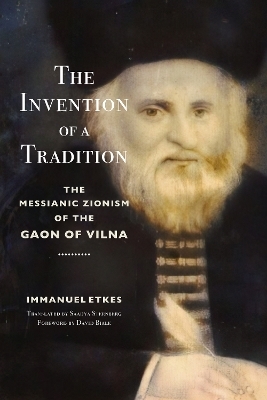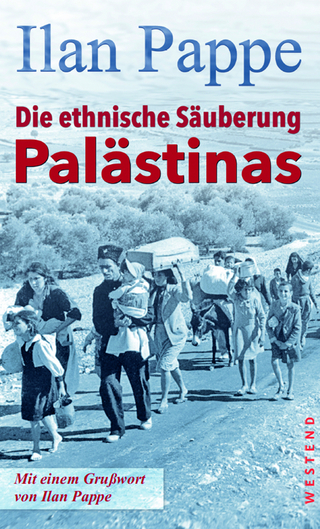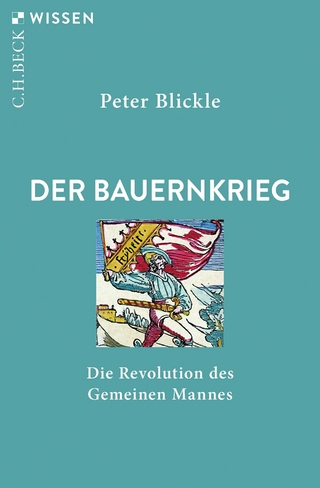
The Invention of a Tradition
Stanford University Press (Verlag)
978-1-5036-3453-4 (ISBN)
In this book, Israeli scholar Immanuel Etkes explores how what he calls the "Rivlinian myth" took hold, and demonstrates that it has no basis in historical reality. Etkes argues that proponents of the Rivlinian myth seek to blur the distinction between Zionism as a modern national movement and traditional messianic phenomenon—a distinction that underlies many of the central conflicts of contemporary Israeli politics. As historian David Biale suggests in his brief foreword to this English translation, "what is at stake here is not only historical truth but also the very identity of Zionism as a nationalist movement."
Immanuel Etkes is Professor Emeritus of the History of the Jewish People at the Hebrew University of Jerusalem.
Foreword by David Biale
Acknowledgments
Introduction
PART I The books Hazon Zion and Kol ha-Tor and the Rivlinian myth
1. Hazon Zion, a Messianic Zionist movement
2. The main ideas of Kol ha-Tor
3. Does Kol ha-Tor express a Messianic Zionist doctrine held by the Vilna Gaon
PART II The Vilna Gaon and his disciples as the first Zionists: The evolution of a myth
4. Why did the disciples of the Vilna Gaon immigrate to the Land of Israel?
5. How did the Rivlinian myth take form?
6. Rabbi Menachem Mendel Kasher's Ha-Tkufah ha-Gdolah
7. The academic version of the Rivlinian myth
8. Did Shlomo Zalman Rivlin receive the text of Kol ha-Tor from Yitzhak Zvi Rivlin?
PART III Additional writings by Shlomo Zalman Rivlin
9. Mossad ha-Yesod: The Old Yishuv recast as the beginnings of Zionism
10. Midrash Shlomo and the Department for Training Young Orators
11. Ha-Maggid Doresh Zion: Rabbi Moshe Rivlin as a "Zionist" leader
12. Sefer ha-Pizmonim: Yosef Yosha Rivlin as a "Messianic Zionist visionary
PART IV The creation of Kol ha-Tor
13. Who was the author of Kol ha-Tor?
14. Shlomo Zalman Rivlin: The man and his literary motives
15. The embrace of the Rivlinian myth and Kol ha-Tor in Religious Zionist circles
Conclusion
Appendix: Rivlin family members
Notes
Bibliography
Index
| Erscheinungsdatum | 04.10.2023 |
|---|---|
| Reihe/Serie | Stanford Studies in Jewish History and Culture |
| Zusatzinfo | 14 halftones |
| Verlagsort | Palo Alto |
| Sprache | englisch |
| Maße | 152 x 229 mm |
| Themenwelt | Geschichte ► Teilgebiete der Geschichte ► Kulturgeschichte |
| Geschichte ► Teilgebiete der Geschichte ► Religionsgeschichte | |
| Geisteswissenschaften ► Religion / Theologie ► Judentum | |
| ISBN-10 | 1-5036-3453-1 / 1503634531 |
| ISBN-13 | 978-1-5036-3453-4 / 9781503634534 |
| Zustand | Neuware |
| Informationen gemäß Produktsicherheitsverordnung (GPSR) | |
| Haben Sie eine Frage zum Produkt? |
aus dem Bereich


